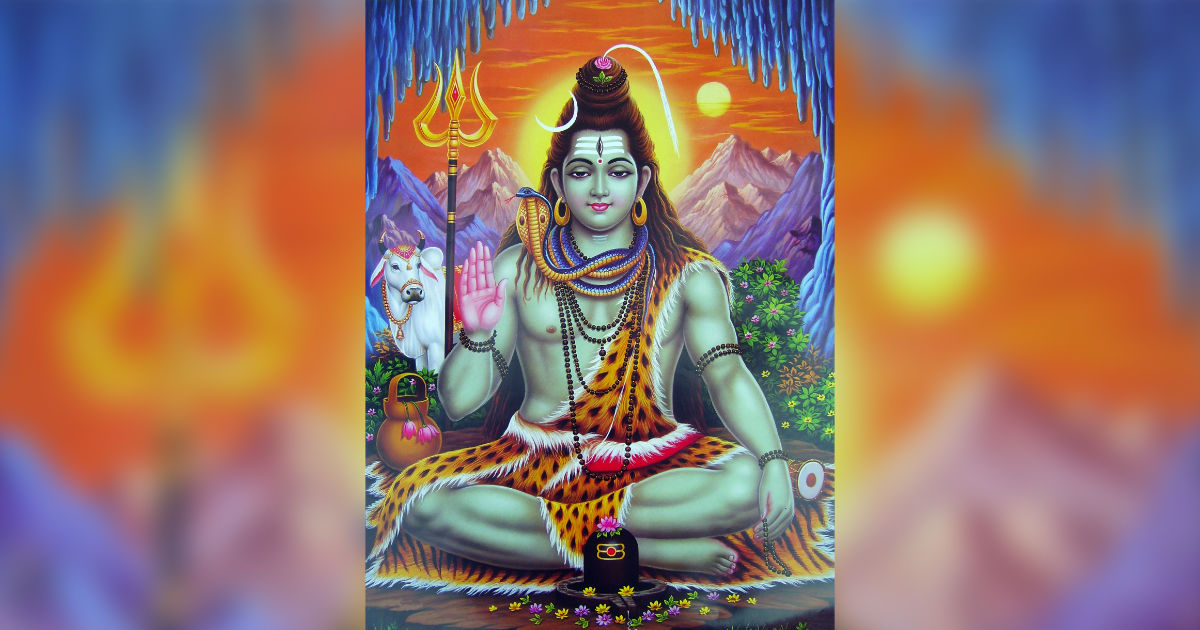The Yoga described in Pashupata Tantra, is neither hatha yoga nor raja yoga, it is a yoga named by Swami Niranjanananda Saraswati as Shiva Yoga.
Shivenasaha yogah: Shiv yogah “The teachings of yoga as associated with Shiva will be called Shiva Yoga.” Shiva Yoga is the most important as it has four parts: hatha yoga, raja yoga, bhakti yoga and karma yoga.
These four yogas are for the individual and his soul. When the individual soul comes to the world, it comes under the bondage of karma maya and to escape and to be free of this bondage it needs karma yoga. Karma Yoga means becoming attached to Karmas and through karma yoga one exhausts the karmas. The practice of karma yoga means renouncing the rewards of one’s actions. No expectations, and only focus on the actions. In the Gita it is written that one has the right to perform actions but no right to the results. The meaning of this is that the expectations which one has, when one performs an action has to be removed. When one removes the expectations from the karmas, they become complete and creative, and the results will be auspicious and beneficial.
A systematic spiritual sadhana
The Pashupata philosophy views bhakti yoga as an anushthana or systematic spiritual sadhana. While giving the teaching of raja yoga, Shiva says that this practice can focus the mind, and thereafter one can turn away from the objects of the world and focus on God. Hatha Yoga and Raja Yoga are sadhanas through which one can awaken the pranas. In this way, Shiva Yoga combines the four yogas and this is how the path of Pashupata has defined the means of sadhana.
Two categories of yogas are also described: kriyatmaka and kriyaparama. Kriyatmaka yoga includes the practices of hatha yoga, raja yoga, karma yoga and bhakti yoga. Japa, mantra, pratyahara, dharana, dhyana: all the systematic and organized are part of the kriyatamaka category. When one perfects these yogas and becomes established in that state of yoga, it is called the kriyoparama yoga. At this point all the actions or practices end; there is no need to do these practices as one is now established in Yoga.
Swami Niranjanananda Saraswati.
Aim Hrim Klim

